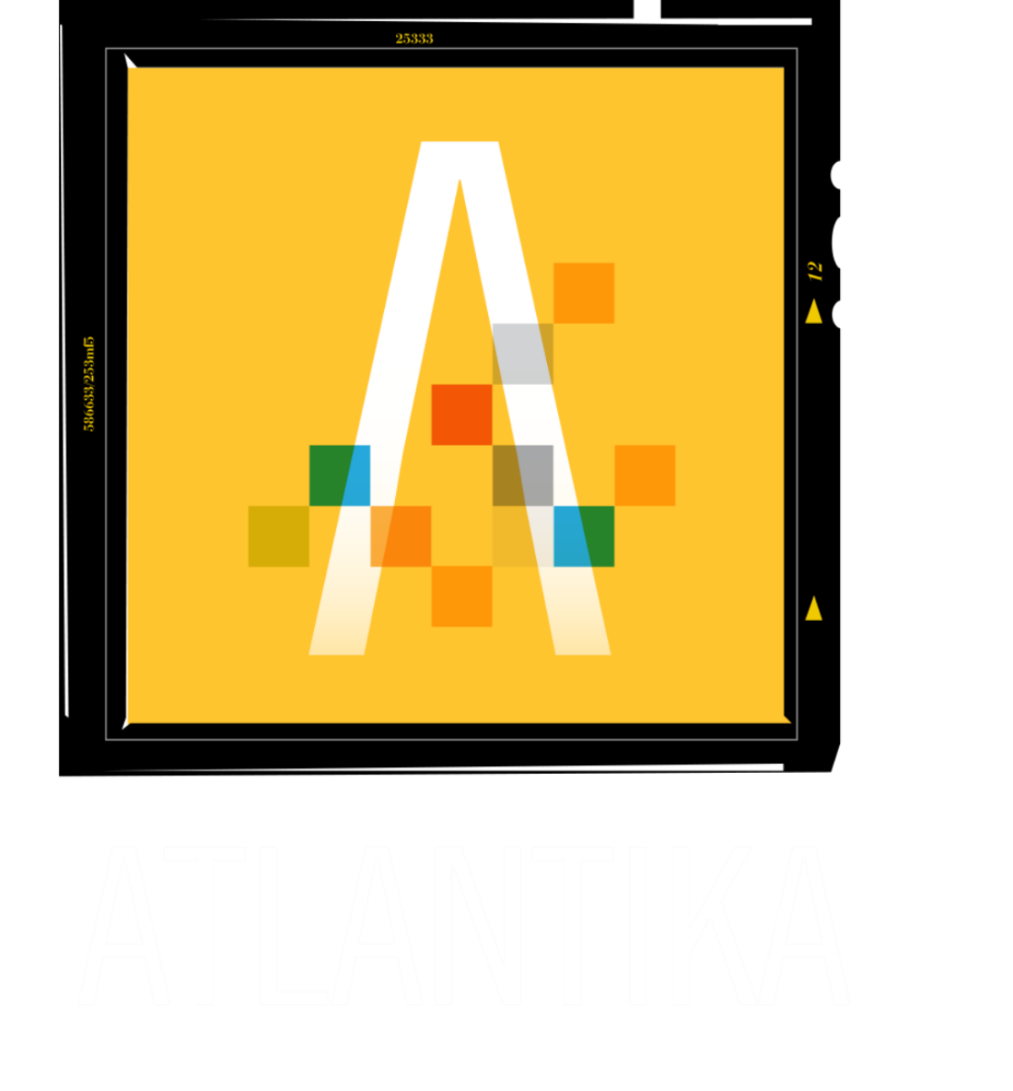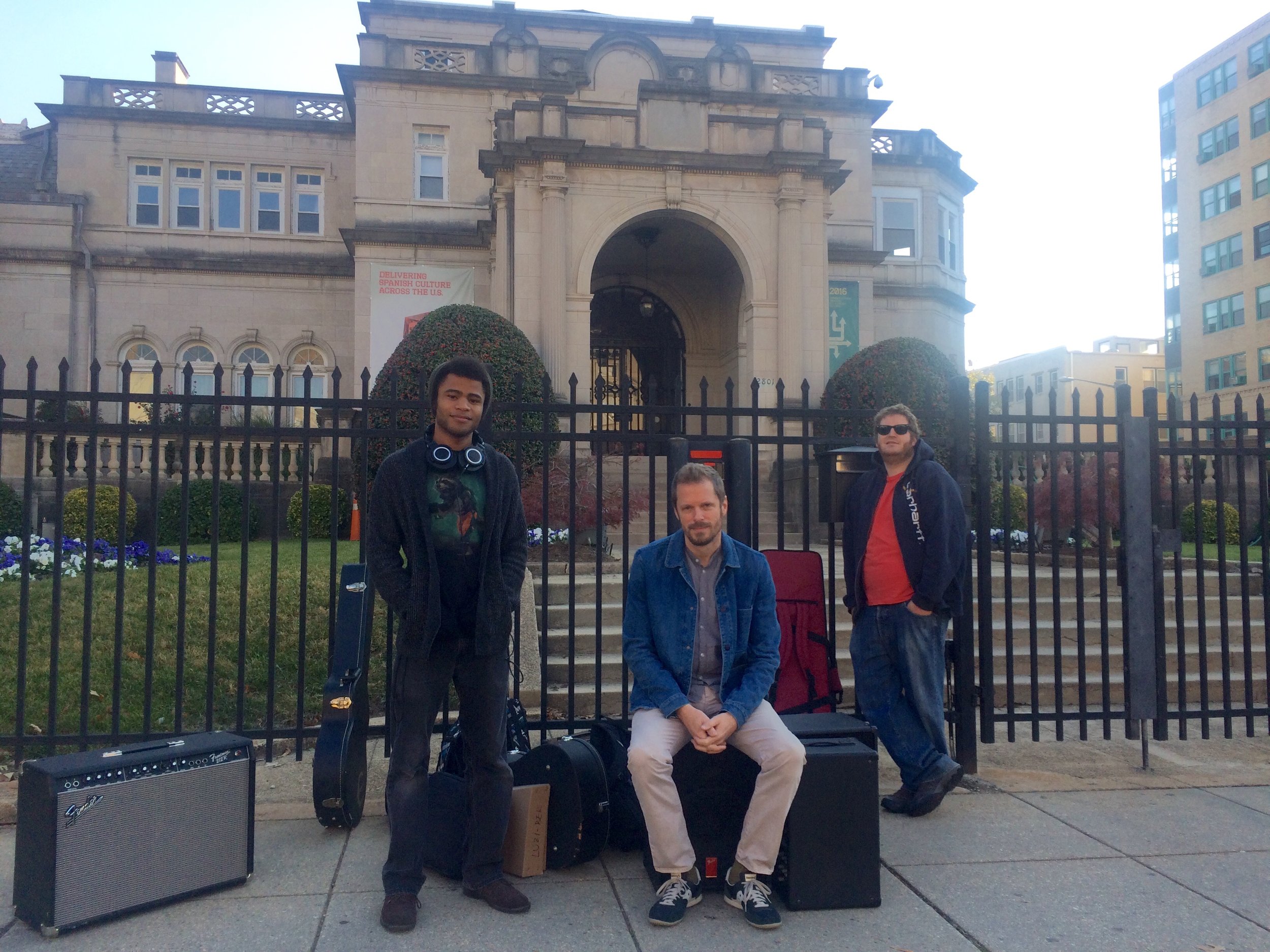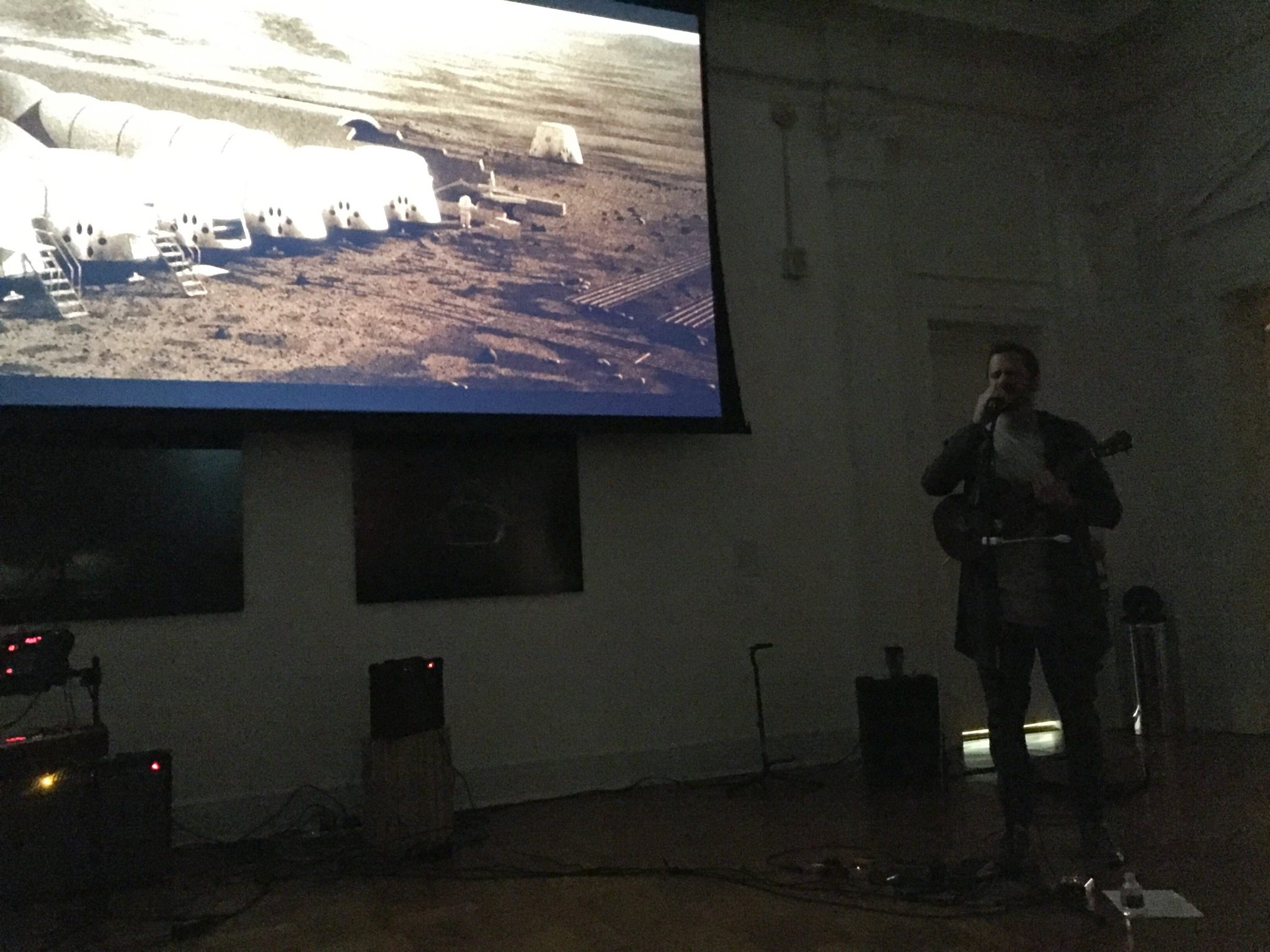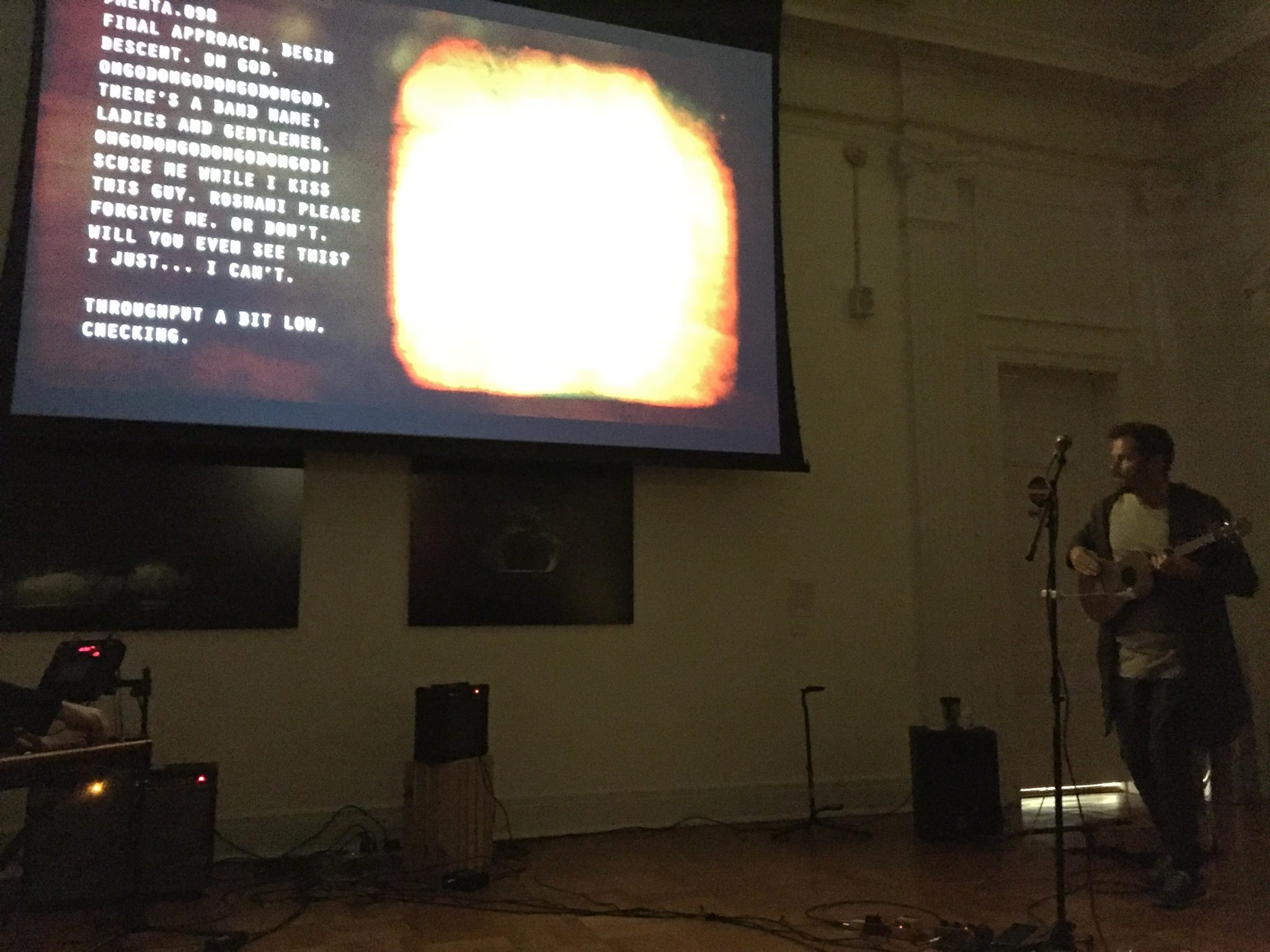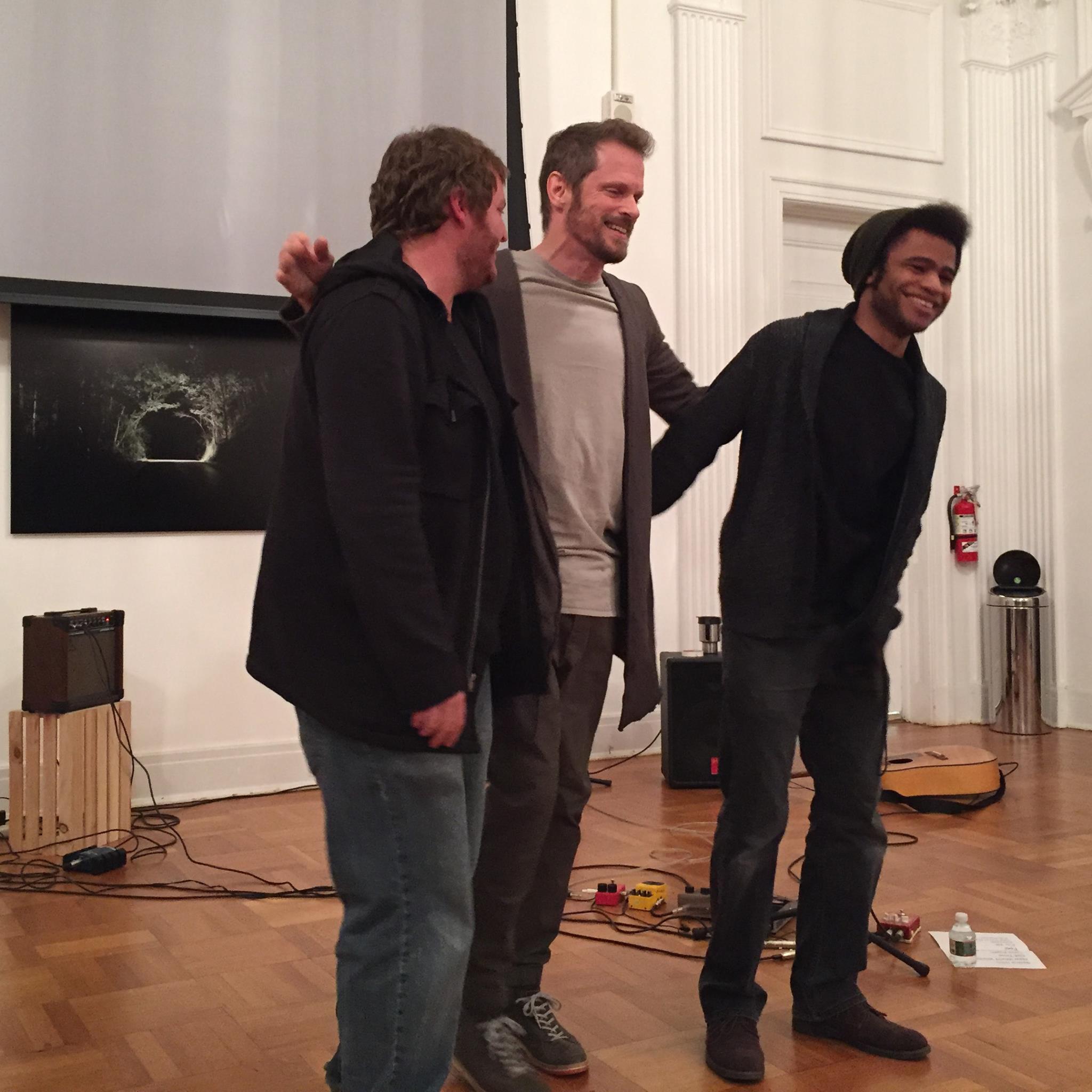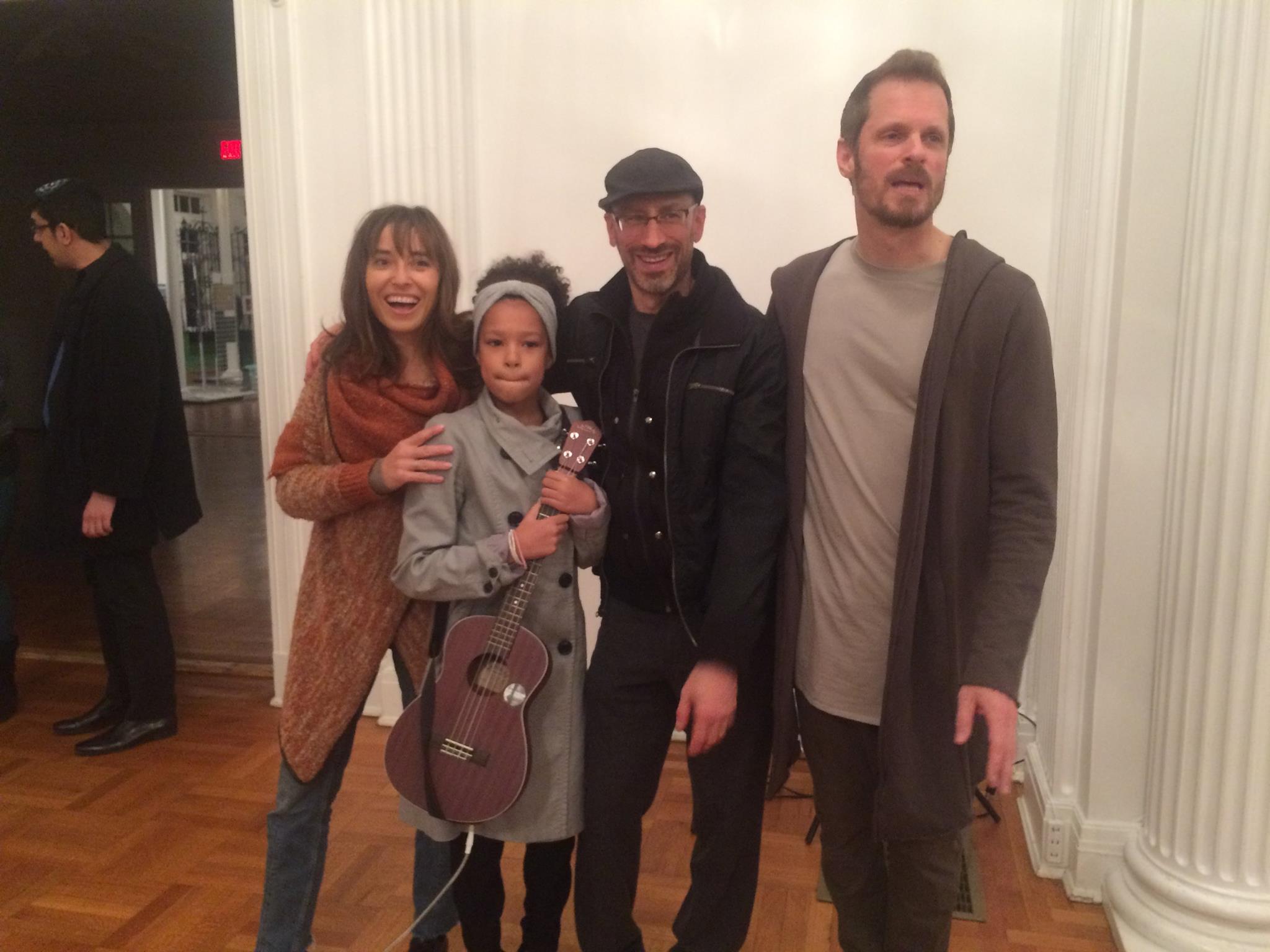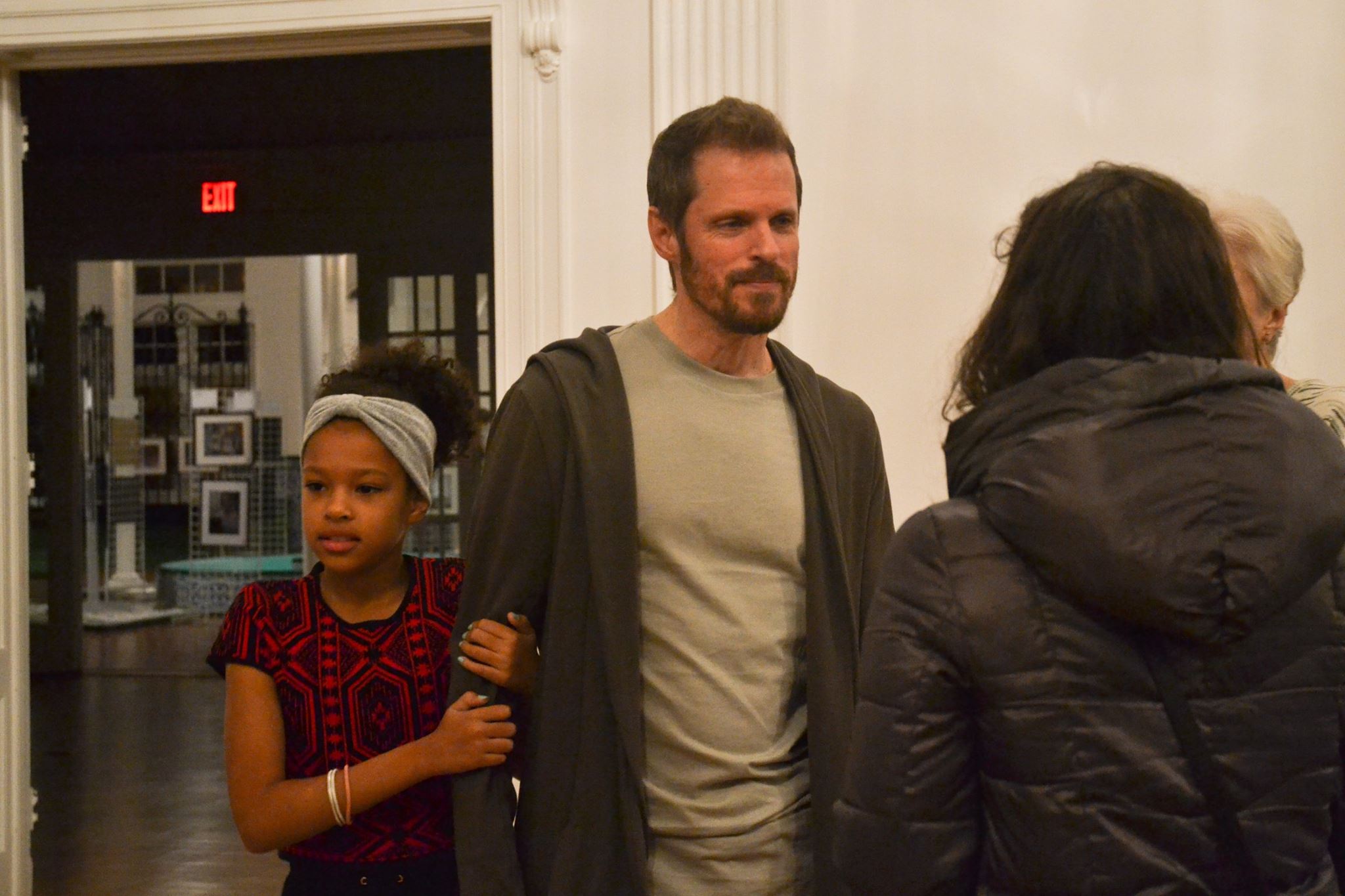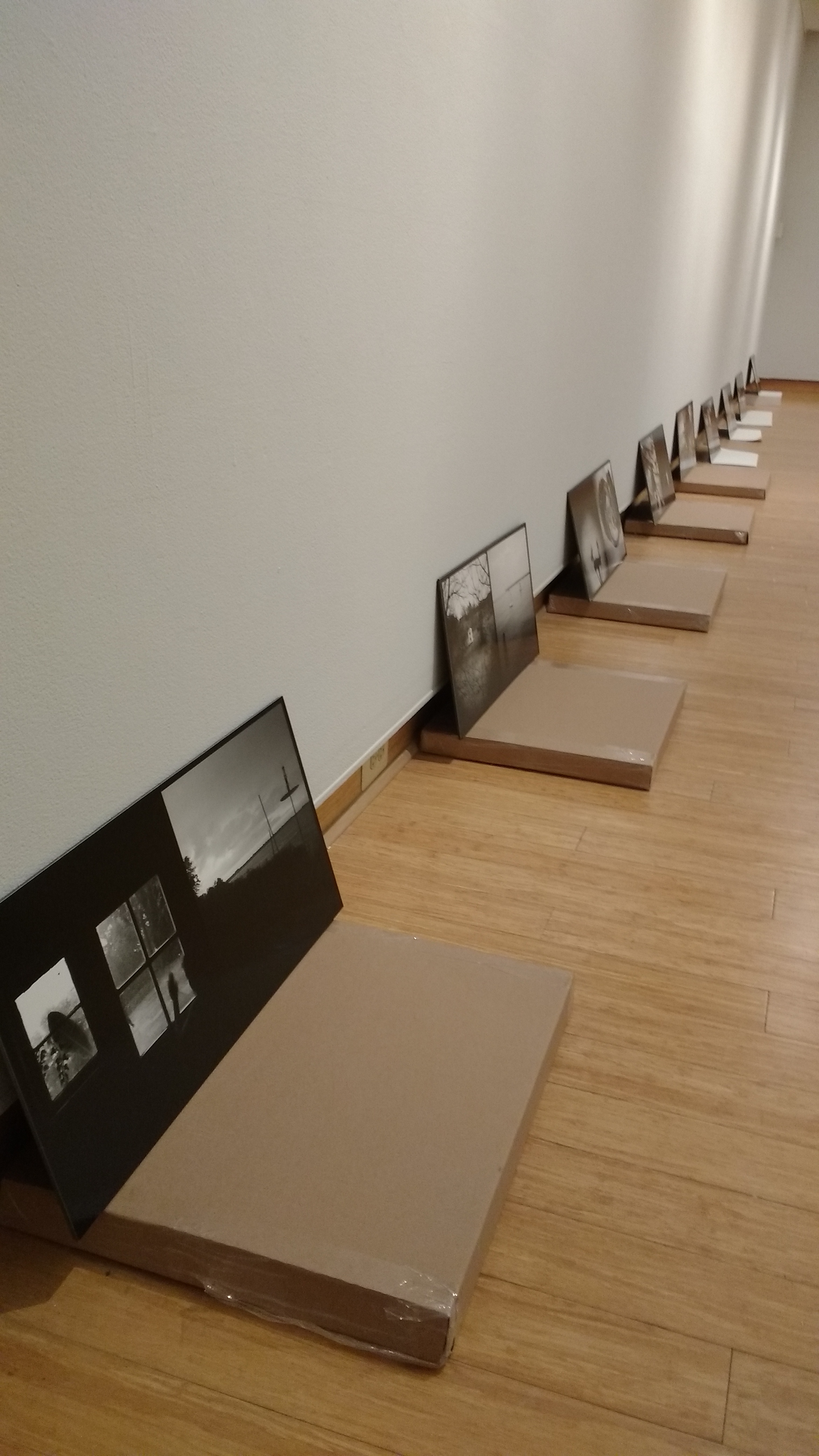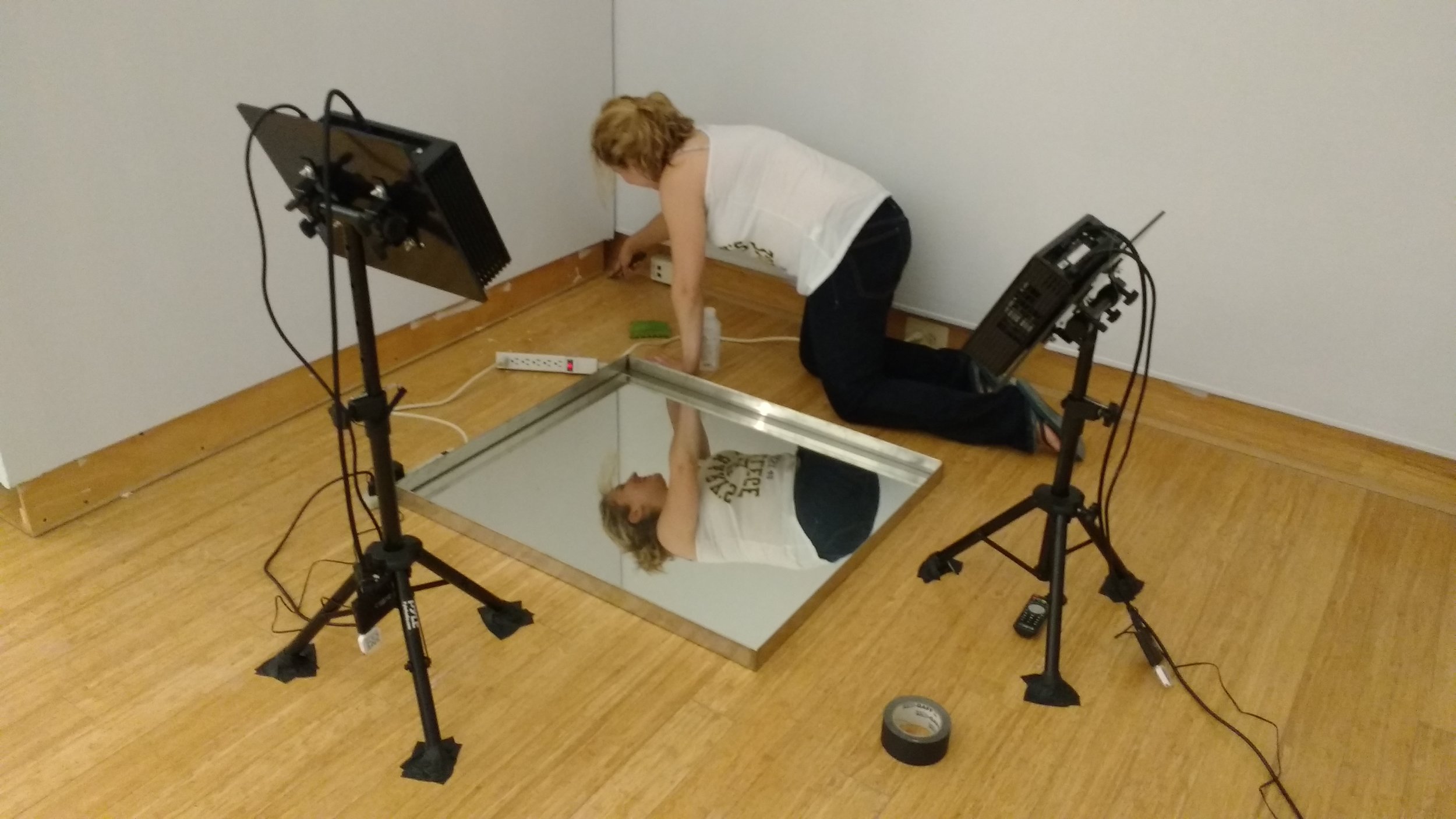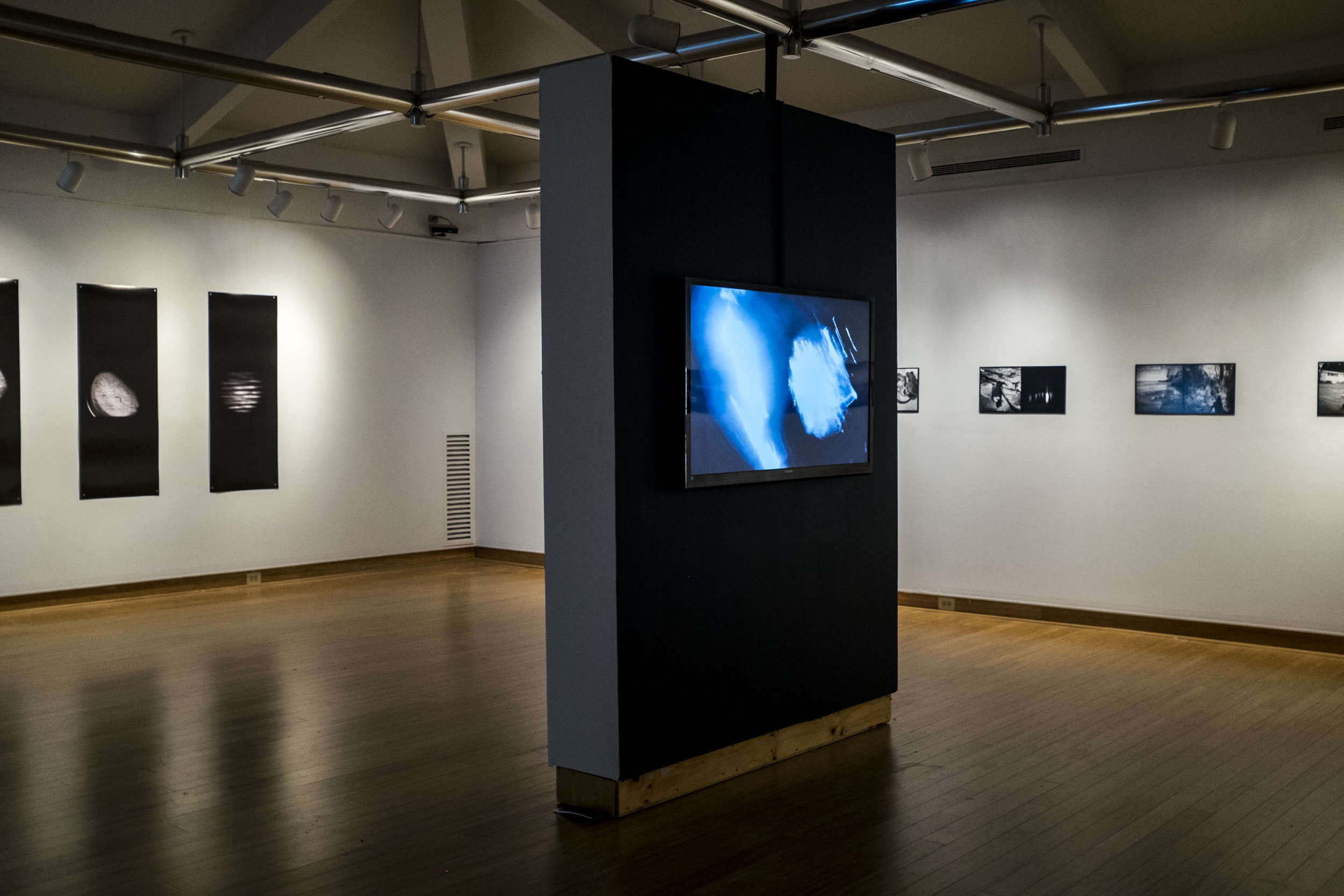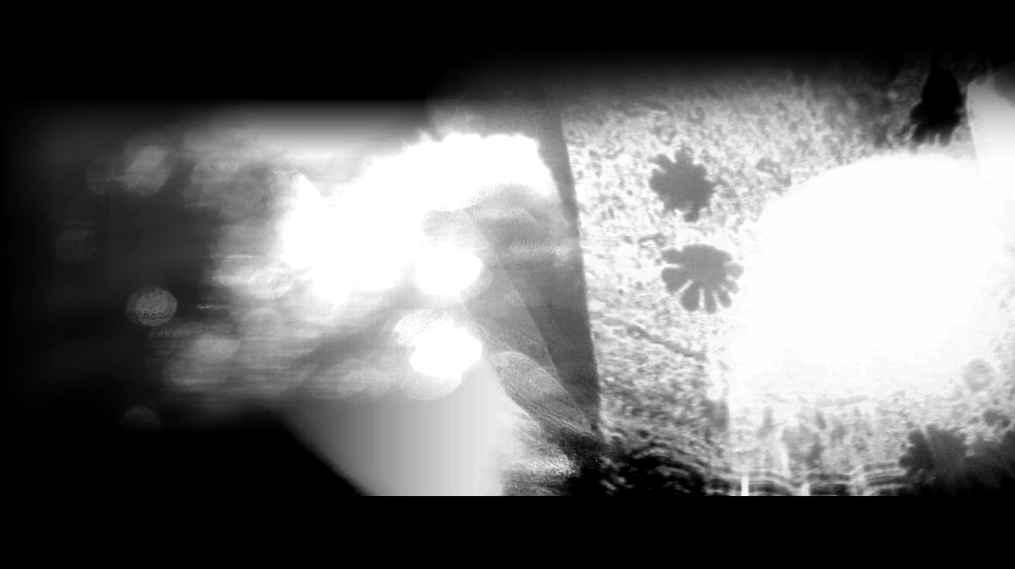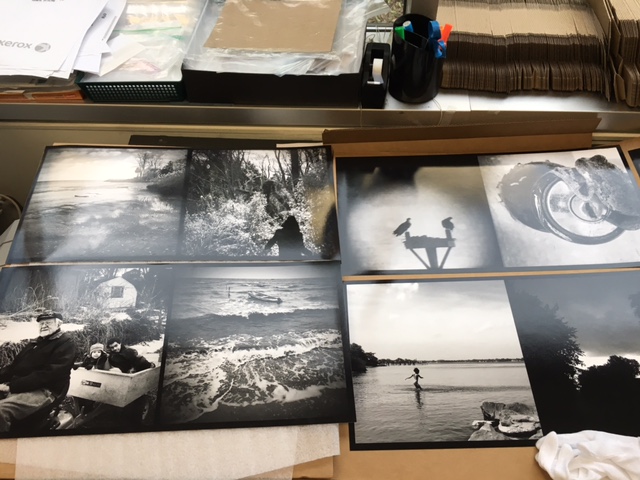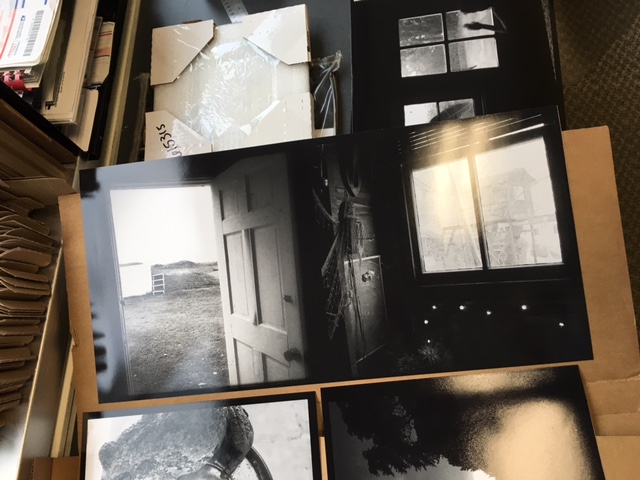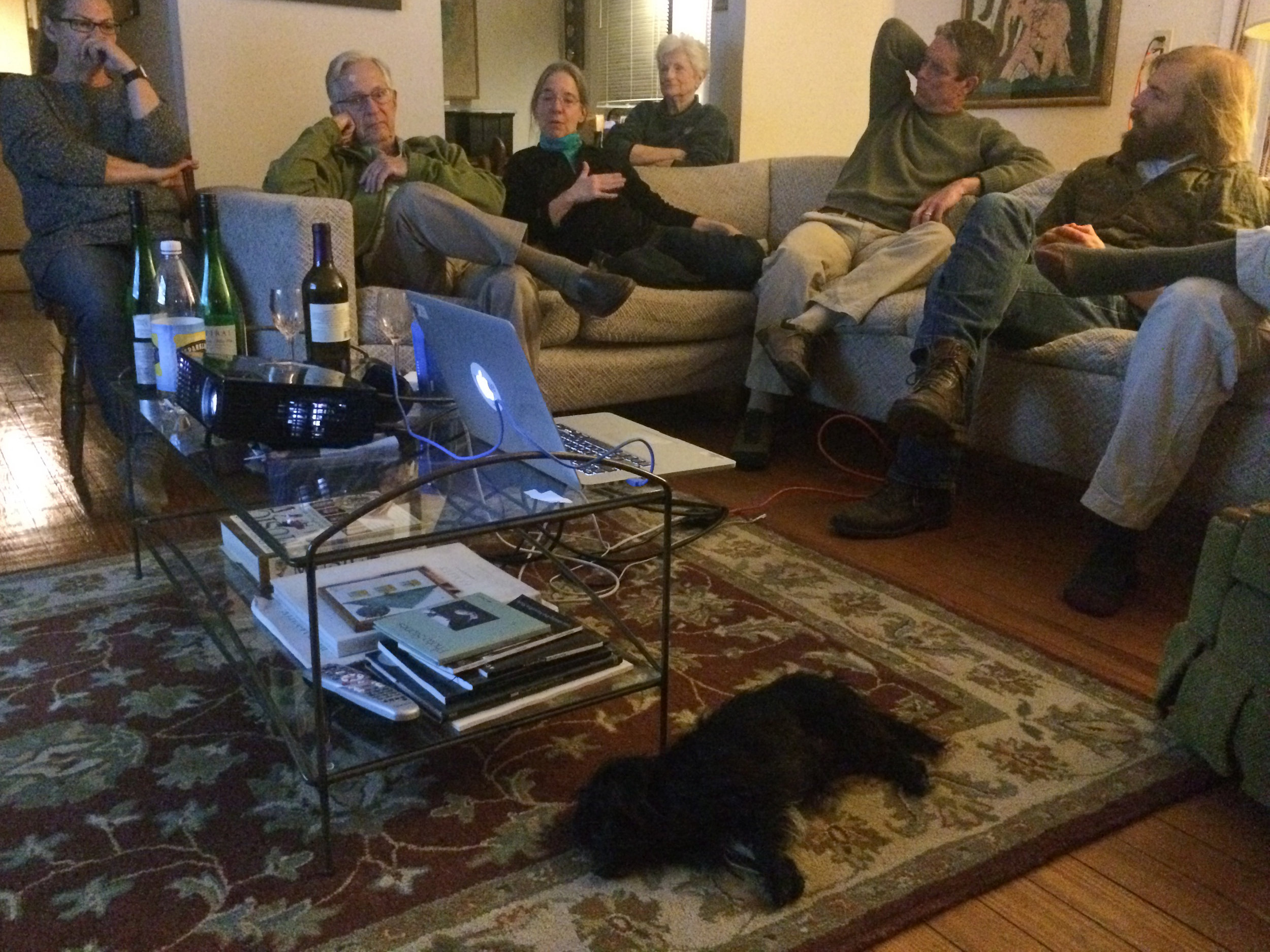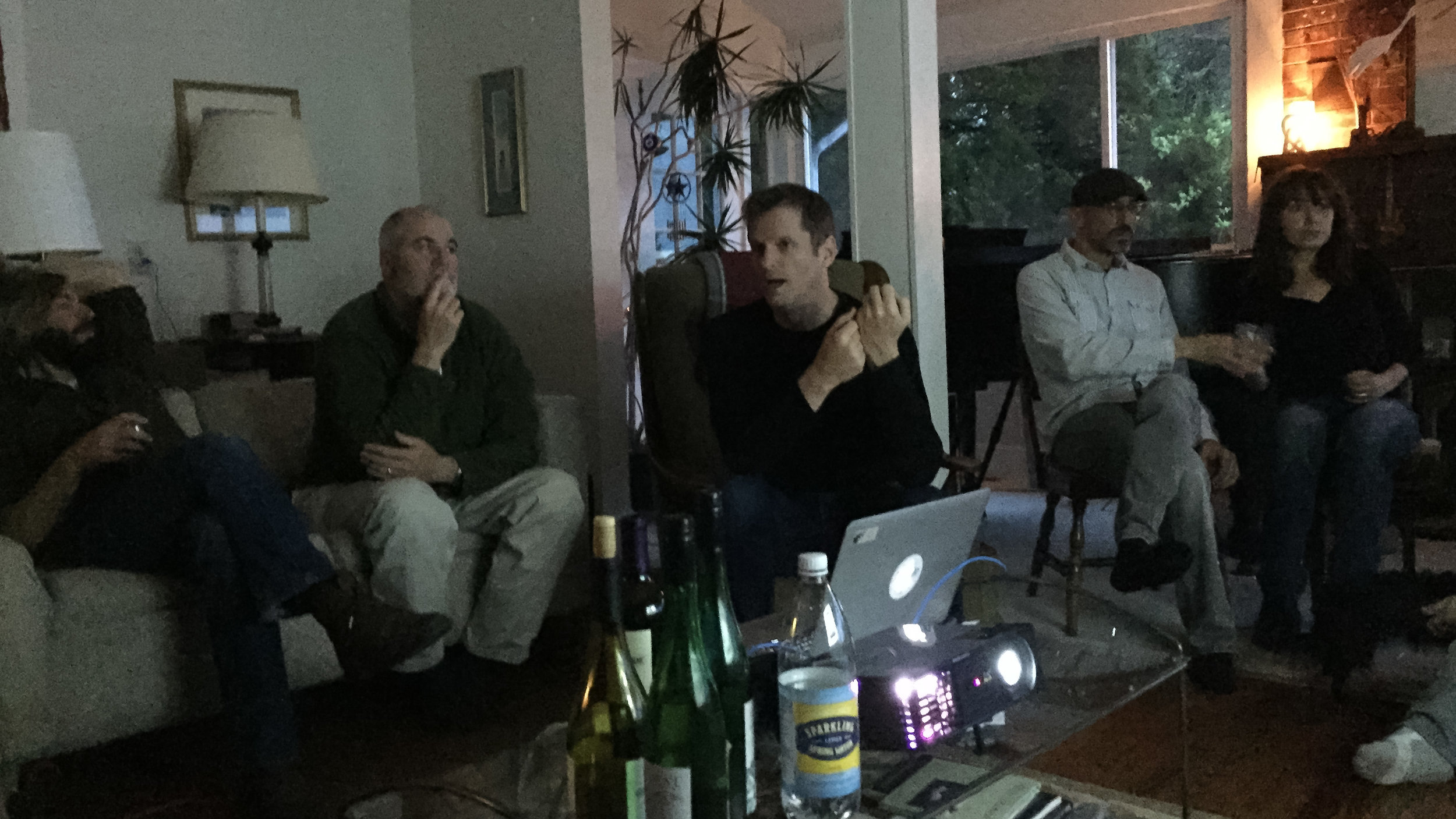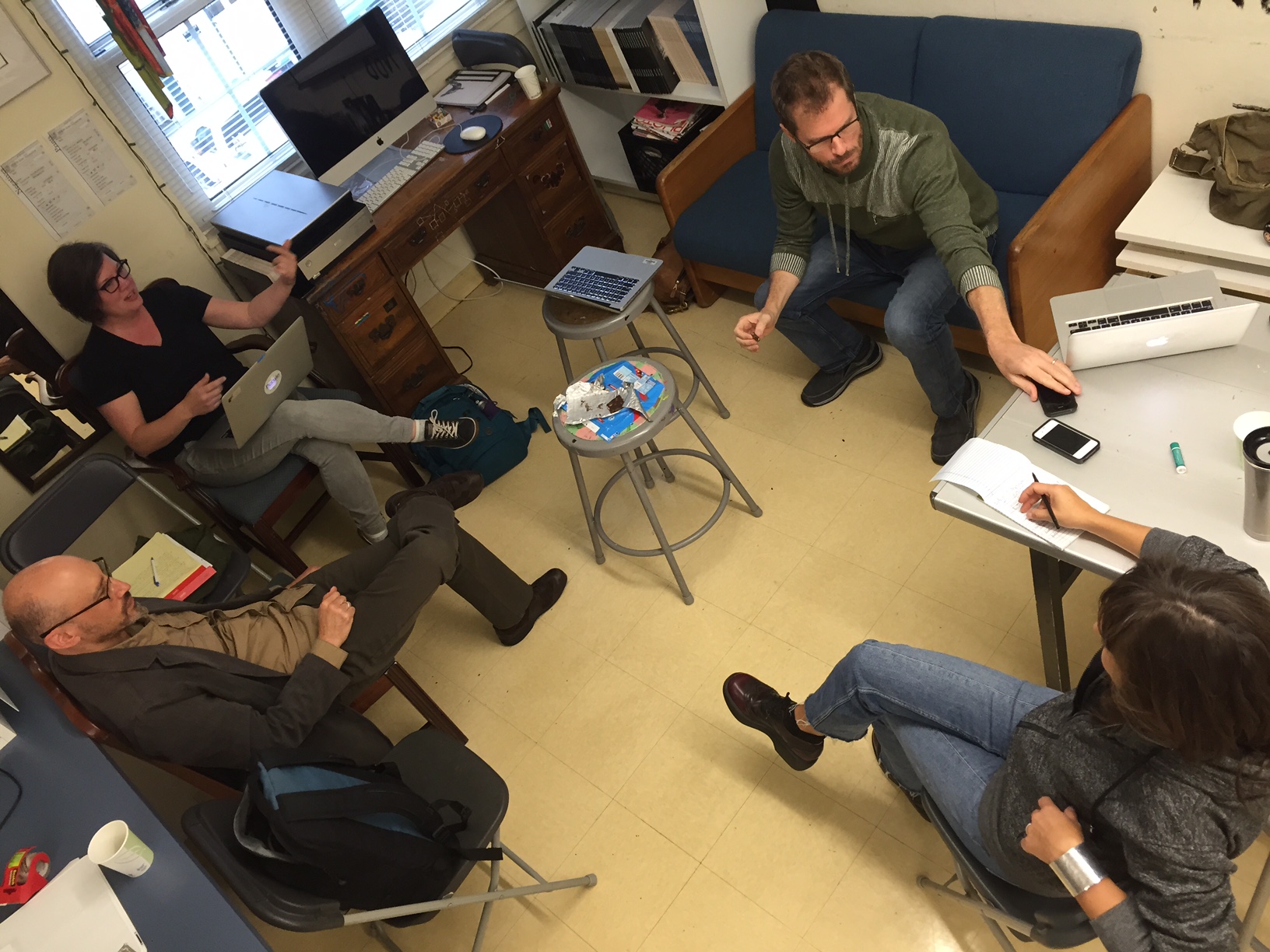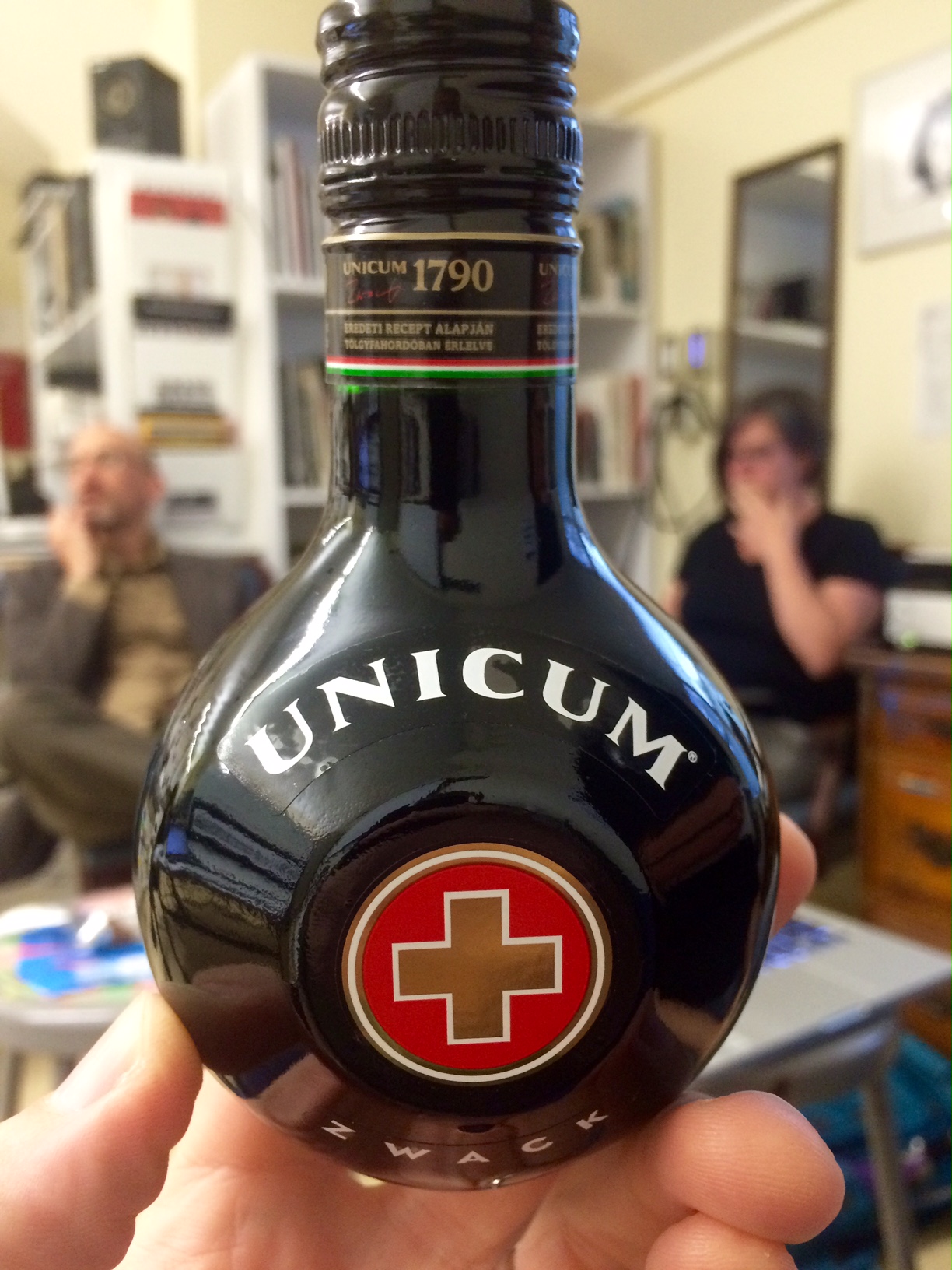I’ve been thinking about queer visibility past and present a lot lately. I am the consulting curator for “The Art of Romaine Brooks,” an exhibition that opened at the Smithsonian American Art Museum in Washington DC just five days after the largest mass shooting in U.S. history, on June 12 at the Orlando LGBTQ nightclub Pulse. These two events were not intuitively or obviously linked, but in the following days of grief, shock and mourning, their unexpected juxtaposition and links became more apparent. The opening of a queer-themed show at a federally funded museum a few blocks from the White House and the horrific killing of 49, mostly queer, people in Florida offered stark reminders of progress and of failure. During that week, the initial visitors to the show saw the Smithsonian’s forthright presentation of a lesbian artist’s eroticism, her challenges to dominant modernity, and her portraits’ (and sitters’) gender play in fashioning queer identities. Nearby on Capitol Hill, right-wing Congressional Republicans engaged in a political theater of public mourning, even as they deliberately erased the victims’ specific identities and refused the killer’s rationale for targeting this nightclub. On the one hand, the exhibition adopts queer visibility as a corrective to the closet of the past; on the other, that very visibility made queer people the targets of fatal, homophobic violence.
This is not to conflate two queer communities from different times and places, whose identities and experiences were vastly different. Brooks and her sitters were wealthy white women whose social privilege insulated them (somewhat) from the worst of early 20th century’s social prohibitions and consequences while, as has been widely reported, those who frequented Pulse were largely an already-vulnerable, mostly minority population. And yet both groups had known loss and alienation: many in Brooks’ circle gained personal freedom by abandoning family and home for lives as expatriates; some patrons of Pulse undoubtedly found refuge in local queer communities after rejection from biological families and friends. Both responded to this loss by creating safe alternative spaces where they could be visible to each other and free in their most authentic selves, whether in the creative, expat salons of London and Paris or in the LGBTQ nightclub.
It’s this aspect of the Pulse shootings that I grieve the most, that a space of freedom, safety and refuge was violated and turned into a killing ground. More than that, now a younger generation of queer people must incorporate the same feeling of fear, of being a target, that it was beginning to feel - at least for a moment - they would have the luxury of not knowing, and that their older peers had worked so hard to protect and insulate them from in forging just these queer-centric spaces of independence or escape. Performance studies scholar Julia Steinmetz has written poignantly about this eruption of violence, death, and fear inside a space of queer joy and innocence, responding to the artist Cassils’ beautiful, sad film project 103 Shots developed with queer people attending San Francisco Pride in the immediate wake of Pulse.
Queer communities are communities always in the process of becoming, whether it is a group of women self-fashioning identities of modernity and gender play, or Floridians who must now incorporate new grief and sadness into their knowledge of self and must now remember the constant threat of homophobic violence that some may have believed had begun to recede into forgetting. But as was true in 1920s Europe, the process for these LGBTQ communities remains the same: resist, bear witness, continue, grow.
Walking through the galleries in that moment of mourning after the Pulse massacre, the quietness and seriousness of Brooks’ work seemed to resonate differently to me. Melancholic, but also strong and resolved. Passing the visitor comment book, I noticed this on one of its first pages:
(6/16/16) Ever since HIDE/SEEK, I’ve come here often. Today, just after the Pulse tragedy in Orlando, I was comforted by the Romaine Brooks exhibit. This is a welcoming place.
And in that brief moment, I knew that across time, space and a multitude of differences, queer visibility is a necessity, queer solidarity both possible and imperative.
